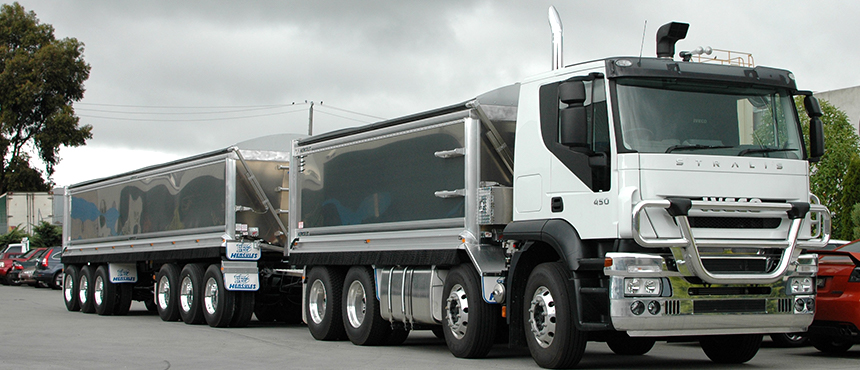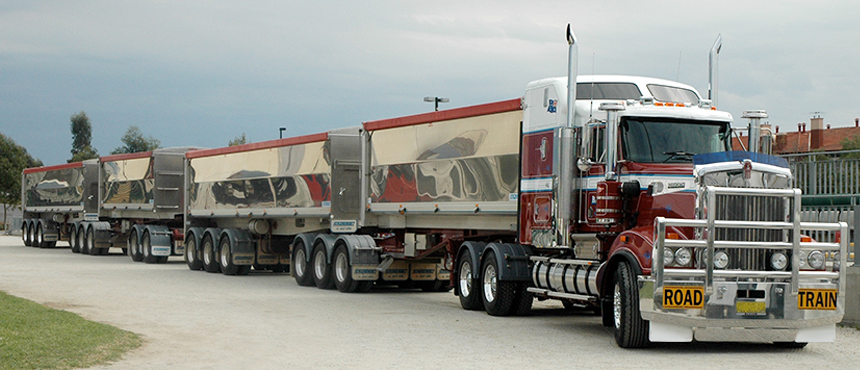Amendment to PBS – Frontal Swing
The NHVR has just announced that the Frontal Swing standard has been relaxed. The change comes into effect as of 1 April 2020.
Since the inception of PBS, the Frontal Swing standard has been limited to a maximum of 0.70 m for trucks. The purpose of this standard is to protect the front of a truck from excessively swinging out during a turn.
NHVR Chief Engineer, Les Bruzsa, noted “the rigid truck and prime mover performance measure of 0.70 m has been found to be restrictive for twin‑steer and longer wheelbase PBS vehicles, especially when fitted with bull bars.”

This aligns with Advantia’s experience wherein to pass PBS, many combinations using these vehicles will have to restrict the use of bull bars or seek restrictive exemptions to get approved.
A combination’s performance in the Frontal Swing (A) standard is solely dictated by the hauling unit. This means that a truck that failed Frontal Swing (A) under PBS could still be used perfectly legally in a prescriptive combination.
The NHVR has announced that as of 1 April 2020, the maximum value that a PBS vehicle can achieve for Frontal Swing (A) has been increased from 0.70 m to 0.85 m.

Advantia has been in contact with the NHVR about what this means for existing PBS design approvals. They have confirmed that this change will also apply to existing approvals. This means that it will be possible update them to take advantage of the relaxed Frontal Swing (A) requirement.
The new performance requirement now more closely matches Western Australia’s implementation of the PBS scheme, which already allowed a Frontal Swing (A) result of 0.85 m for twin-steer trucks. It remains to be seen whether MRWA will expand the requirements of their scheme to match the NHVR for single-steer vehicles as well.
Though it appears small, this change to the PBS scheme will have a noticeably positive impact for many in the industry.
Contact Advantia if you would like to investigate PBS opportunities for your business.
Get more like this in your inbox
Subscribe to our Newsletter and never miss a post.